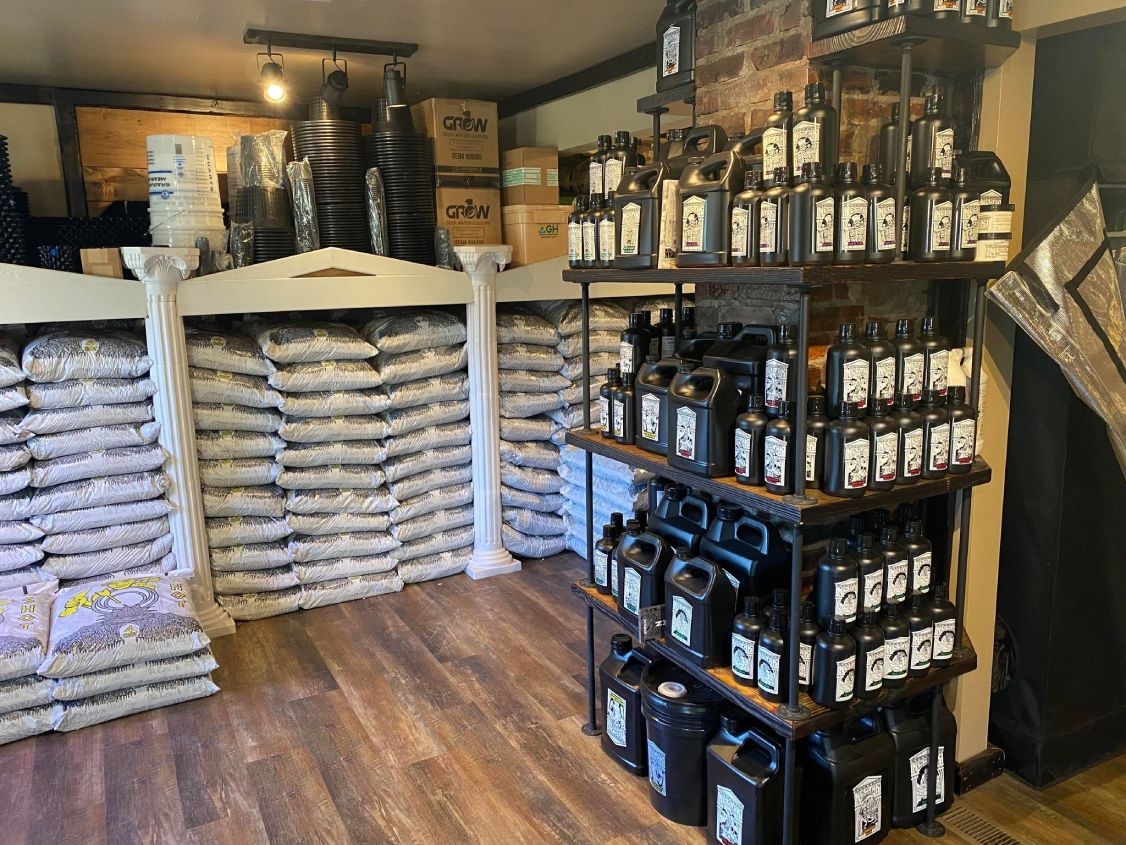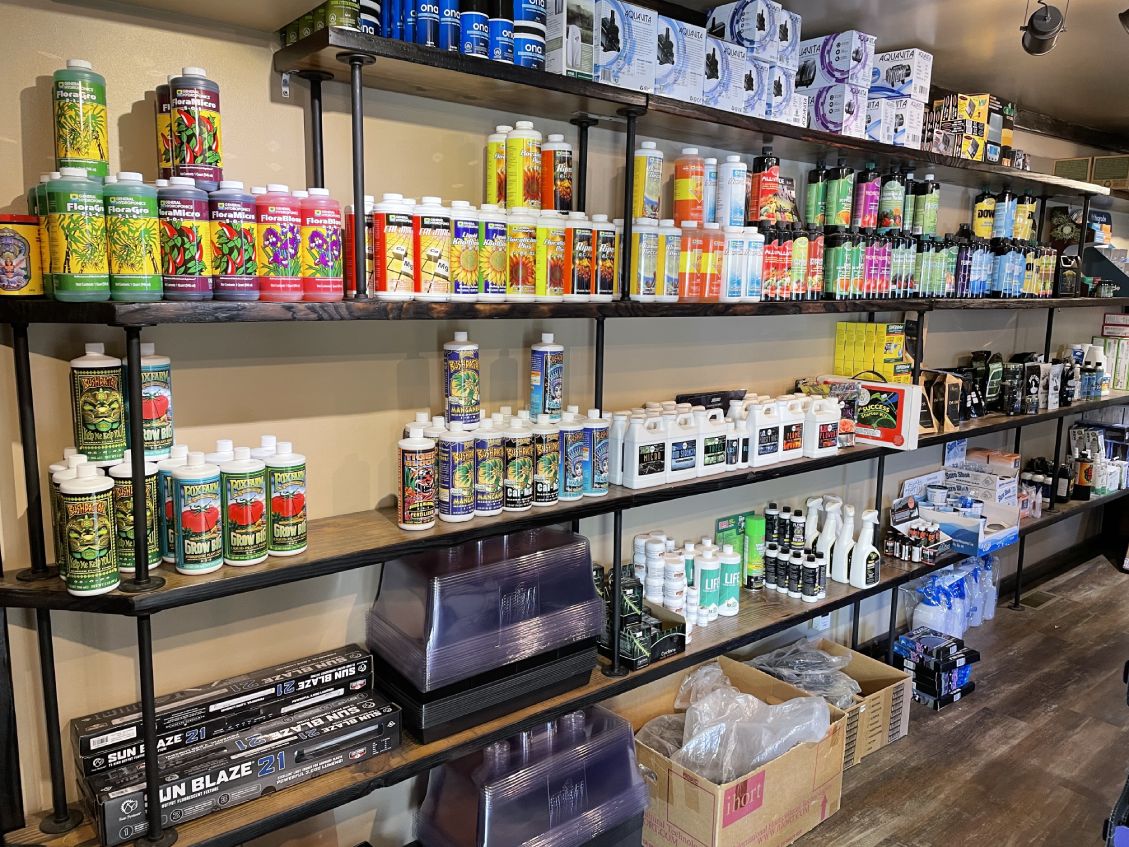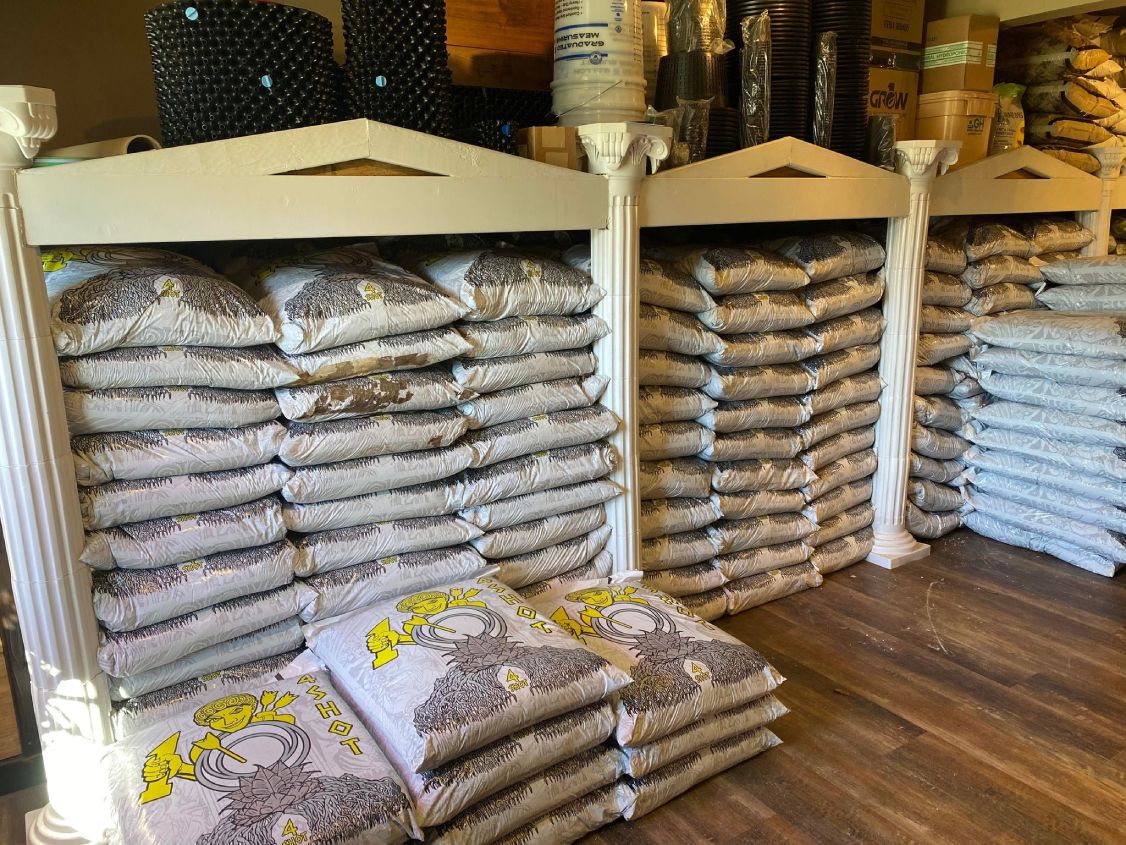Achieve Gardening Success with The Indoor Earthworm's Growing Process
Achieve Gardening Success with The Indoor Earthworm's Growing Process
Blog Article
Unlocking the Possible of Hydroponics: Comprehending Its Uses and Various Types
Hydroponics, a technique of cultivating plants without dirt, has gathered raising attention for its potential to transform farming and gardening techniques. The accuracy control over nutrient distribution, water usage, and ecological aspects offers a peek right into a future where food production can be optimized in different setups. As we browse through the elaborate landscape of hydroponic systems and strategies, it ends up being obvious that each approach holds distinctive benefits and restrictions. By deciphering the varied uses and types of hydroponics, we can reveal a world of opportunities that might improve how we visualize lasting farming and horticulture methods.
Advantages of Hydroponic Systems

An additional benefit of hydroponic systems is the capacity to expand plants in a smaller room. Hydroponic systems lower the threat of soil-borne illness and parasites, as there is no dirt to harbor these risks.
Usual Makes Use Of in Agriculture

Given the efficient water preservation and space-saving advantages of hydroponic systems, it is obvious that these innovative farming approaches have located common uses in different markets of farming. In standard agriculture, soil-based farming can be labor-intensive and land-consuming. Hydroponics supplies a service by enabling plants to be expanded without soil, reducing water use by up to 90% contrasted to traditional farming approaches. This makes hydroponics especially appropriate for regions encountering water scarcity or restricted cultivatable land. Moreover, the regulated setting of hydroponic systems enables year-round farming, supplying a regular supply of fresh fruit and vegetables no matter exterior climate condition.
Hydroponics is typically used for growing a selection of plants, consisting of leafed environment-friendlies, tomatoes, cucumbers, strawberries, herbs, and peppers. Its adaptability includes upright farming, city farming, and greenhouse production. In addition, hydroponic systems are used in study and academic setups to study plant development, farming, and nourishment techniques. The versatility and effectiveness of hydroponics make it a valuable tool in modern farming, addressing the obstacles of sustainability, food protection, and source optimization.
Discovering Different Hydroponic Methods
What are the different innovative methods utilized in hydroponics to enhance crop growing performance and yield? Hydroponic systems provide an array of approaches that provide to various plant kinds and farming goals. One prominent technique is the Deep Water Society (DWC) system, where plant origins are submerged in a nutrient service, giving enough oxygen and nutrients. One more widely used approach is the Nutrient Movie Technique (NFT), which entails a superficial stream of nutrient remedy flowing over the plant Visit Website origins, advertising water and nutrient uptake. In addition, the Ups and downs system, also referred to as the Flood and Drain system, periodically floodings the plant origins with nutrient solution, enabling oxygenation throughout draining pipes durations. Aeroponics is another innovative method that involves misting plant roots with a nutrient solution, optimizing oxygen absorption and nutrient uptake. Each of these strategies showcases the flexibility and effectiveness of hydroponic systems in boosting plant development and yield.
Comparing Numerous Hydroponic Equipments
Exploring the effectiveness and yield improvement techniques in hydroponics leads us to compare different hydroponic systems readily available for crop growing. Each hydroponic system has its unique functions, benefits, and restrictions, making it vital for farmers to select the most appropriate system based upon their certain needs and restrictions.
One of the most typical hydroponic systems is the nutrient movie technique (NFT), where a thin film of nutrient option continually moves over the plant roots. In contrast, the deep water culture (DWC) system immerses plant origins directly right into the nutrient remedy, offering ample oxygen and nutrients.
Another popular hydroponic system is the ebb and circulation (or flooding and drain) system, which occasionally floodings the plant roots with nutrient option prior to draining it. By understanding the distinctions between these hydroponic systems, growers can make informed choices to optimize plant yield and top quality.
Advancements in Hydroponic Modern Technology
With advancements in hydroponic innovation, the farming market is seeing a change in the direction of extra sustainable and effective cultivation techniques. Technologies in hydroponic modern technology are changing the way plants are grown by making the most of returns, preserving resources, and lowering environmental influence. One key technology is the advancement of wise hydroponic systems that make use of sensors and automation to keep an eye on and readjust environmental conditions such as pH levels, nutrient concentrations, and light exposure in real-time. These systems make it possible for accurate control over expanding conditions, bring about optimal plant development and greater plant yields.
Another notable advancement is the combination of upright farming methods with hydroponic systems, enabling the growing of crops in stacked layers. This vertical technique optimizes area usage, making it excellent for metropolitan atmospheres where land accessibility is restricted - The Indoor Earthworm. In addition, making use of sophisticated LED lights systems customized to specific plant demands has actually boosted power performance and enhanced growth prices in hydroponic arrangements
Advancements like these are driving the advancement of hydroponics, making it a extremely appealing and lasting alternative for modern agriculture.
Conclusion
To conclude, hydroponics offers many benefits in farming and has different strategies and systems that can be used to optimize its possibility. Technologies in hydroponic modern technology remain to enhance efficiency and sustainability in food manufacturing. By recognizing the uses and various kinds of hydroponic systems, farmers and that site farmers can unlock the complete possibility of this ingenious method of growing plants without soil.
In addition, hydroponic systems enable for far better control over nutrient levels, pH equilibrium, and ecological conditions, leading to healthier plants and greater yields.

Report this page